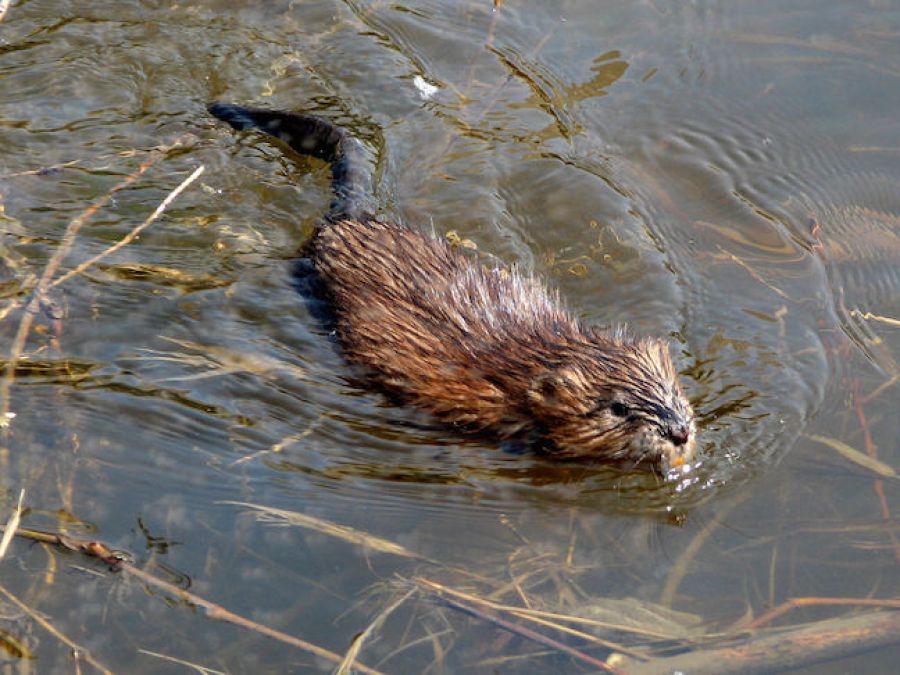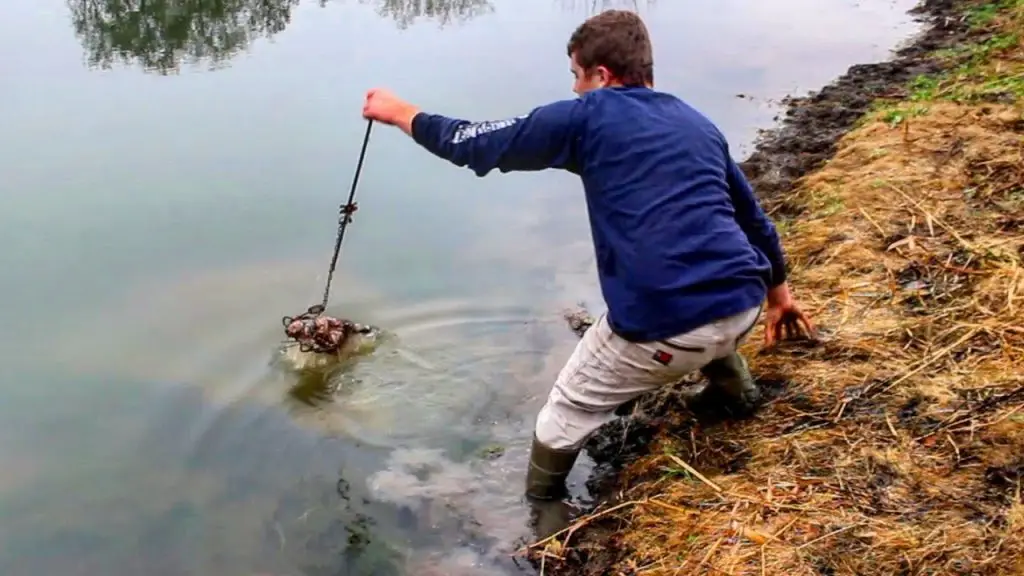Trapping muskrats in a pond can be an effective way to manage their population and protect your property. Muskrats are known for their ability to cause damage to pond banks and dams, as well as disrupt aquatic ecosystems. In this guide, we will discuss how to trap muskrats in a pond safely and effectively.
1. Identify Muskrat Activity
Before setting traps, it’s essential to identify areas where muskrats are active in the pond. Look for burrows, feeding areas, and runways along the banks. Muskrats are most active at dawn and dusk, so these are the best times to observe their movements.
2. Choose the Right Trap
There are various types of traps available for trapping muskrats, including body-gripping traps, foothold traps, and cage traps. Body-gripping traps are commonly used for muskrat trapping due to their effectiveness. Make sure to select a trap size appropriate for muskrats.

Credit: m.youtube.com
3. Set the Trap Correctly
Place the trap in shallow water near muskrat burrows or feeding areas. Ensure that the trap is securely anchored to prevent the muskrat from escaping once caught. Bait the trap with fresh vegetables, fruits, or commercial muskrat bait to attract the muskrats.
4. Check Traps Regularly
It’s crucial to check the traps regularly, ideally every 24 hours, to minimize stress on captured muskrats and comply with trapping regulations. Remove any captured muskrats promptly and reset the traps if needed.
5. Dispose of Captured Muskrats Ethically
When disposing of captured muskrats, it’s essential to do so ethically and humanely. Follow local regulations regarding the disposal of trapped animals. Consider relocating muskrats to a suitable habitat away from your pond if permitted.
6. Monitor Trapping Success
Keep track of the number of muskrats trapped and adjust your trapping methods if necessary. Monitoring trapping success will help you determine the effectiveness of your trapping efforts and make informed decisions about ongoing muskrat management.

Credit: www.platinumlakemanagement.com
7. Prevent Future Muskrat Infestations
To prevent future muskrat infestations in your pond, consider implementing habitat modifications such as installing wire mesh barriers or fencing to deter muskrats from accessing the pond banks. Regularly inspect and maintain these deterrents to ensure their effectiveness.
8. Seek Professional Assistance
If you encounter challenges in trapping muskrats or need assistance with managing a large muskrat population in your pond, consider seeking help from wildlife professionals or pest control experts. They can provide valuable advice and assistance in dealing with muskrat-related issues.
Conclusion
Trapping muskrats in a pond requires careful planning, proper trap placement, and ethical practices. By following the steps outlined in this guide, you can effectively manage muskrat populations in your pond and protect your property from damage. Remember to always prioritize the humane treatment of trapped muskrats and comply with local trapping regulations.





